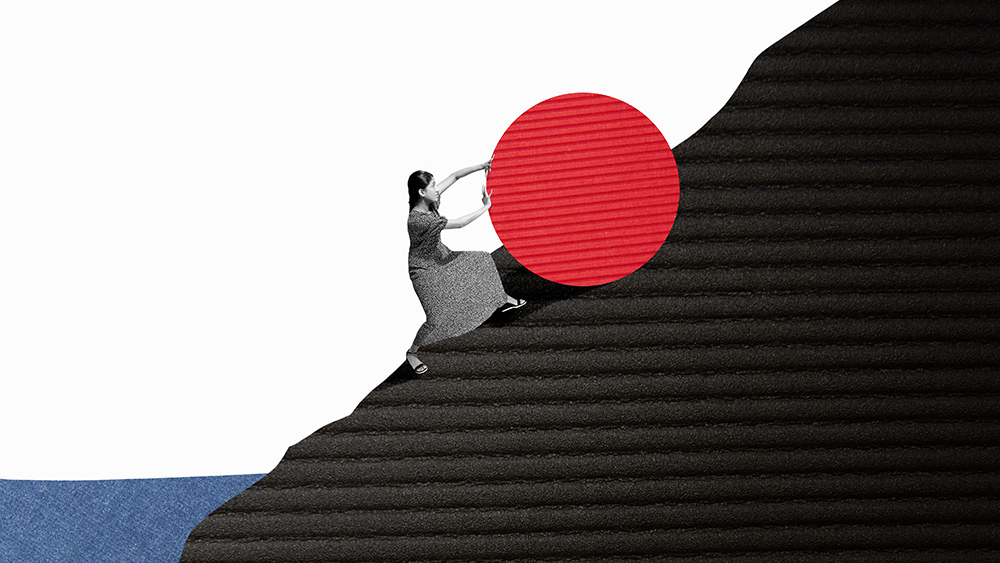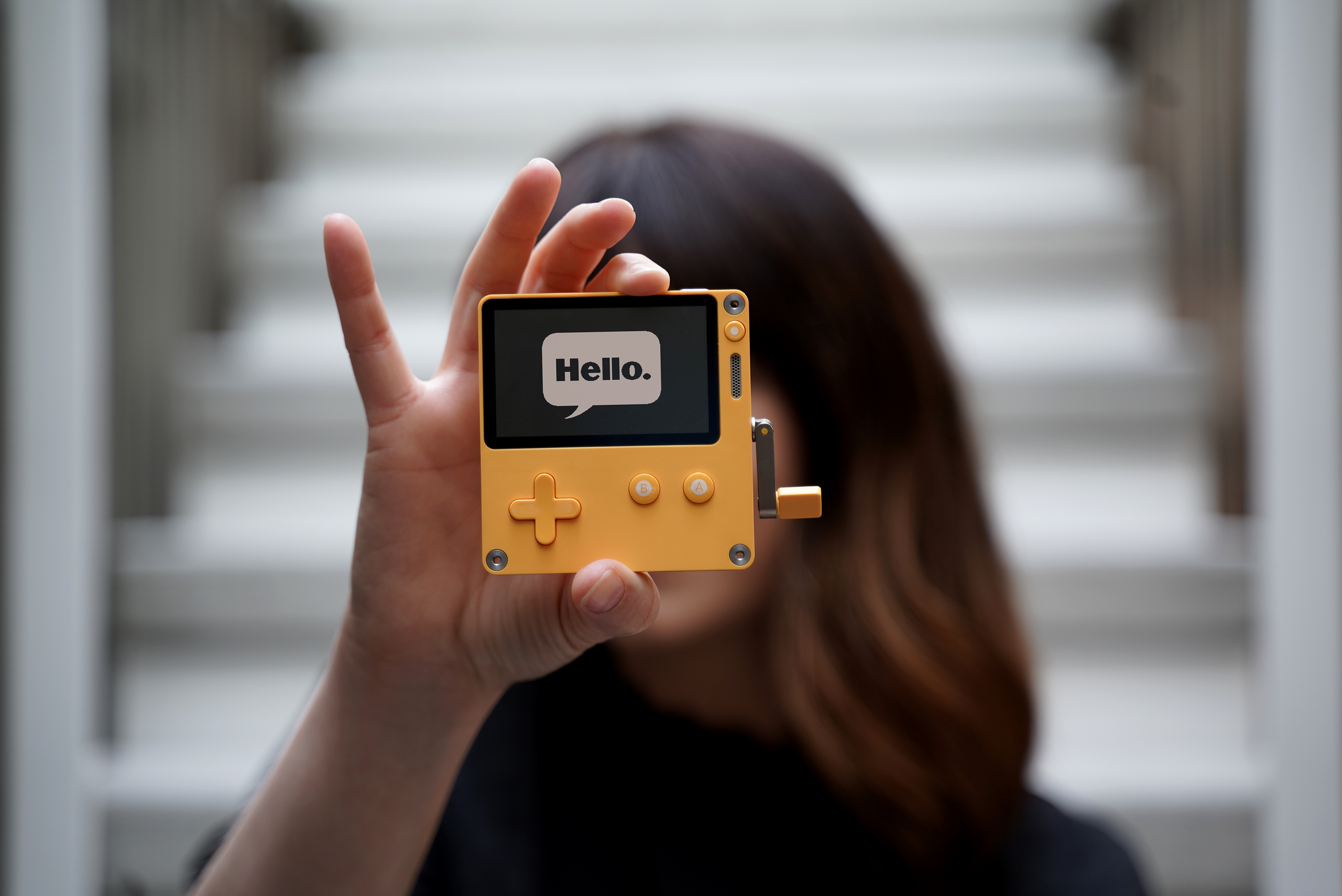
There are certain common UX design mistakes that are repeated time and time again. Often designers know their UX theory and practice, but fall into these traps all the same when they embark on a project, whether because of time constraints or through simply forgetting to challenge assumptions. Either way, the user experience suffers as a result.
Many experienced UX designers will have their own pet list of UX design mistakes to avoid, but the themes that come up are often repeated. Here we speak with Google senior interaction designer and former Lululemon product designer, Prakarn Nisarat, to get his tips on how to avoid the most common UX mistakes and create better user experiences as a result.
Nisarat, who's currently working on Google Assistant experience, is one of the contributors in our online UX Design Foundations course, which has been created for everyone who wants to learn about UX design fundamentals from experts in the field. A former graphic designer, Nisarat worked at the Office of Head Starts designing tools to help families. He's since worked on incorporating design visions with new technologies such as augmented reality, smart devices, and voice interfaces for major companies including Meta and Microsoft.
For more on UX, see our guide to UX and UI trends for 2022 and our expert tips for UX design. In the meantime read on for Nisarat's key UX mistakes to avoid.
01. Designing for the designer

It may seem obvious, but sometimes UX designers need to remember that they're not designing for themselves and that they're not necessarily representative of the user. It's hard to put personal preferences aside when you're invested in a project. Unfortunately, there are still plenty of examples of user experiences that the designer clearly liked for themselves, but which don't work for the majority of target users.
"Designers are very passionate about the work," Nisarat says. "Sometimes we forget that we don't design for ourselves but others. No matter how much you like your work, if it doesn't fit the users' needs or solve users' problems, it's a bad design."
02. Not taking audience input

This UX mistake is very much related to the previous one. Keeping the user in mind is difficult if you don't know the user and don't know what they need. A key element here is UX research and testing to find out what the user needs, and also to test and prove that a solution really is useful.
"Without the audience's input, the design work is just a hypothesis," Nisarat says. "We can only do our best to guess what's the design should be like. But like any hypothesis, it has to be proven to be useful. Designers must seek input from (the right) audience quickly and often to build the right thing."
03. Sticking to the first idea
Another major source of UX pitfalls is a persistence in sticking with an initial idea, even after it becomes clear that it isn't the best solution. Again personal opinion can often be responsible here, not just among UX designers but also clients that might pounce on an idea and decide they want to run with it. It's important to know when to let go and go back to the drawing board – and how to convince others that this is necessary.
"Sticking too much to your first idea and being unable to let go is the common mistake I've seen," Nisarat admits. "When designers get an assignment, there is often an idea that pops into their heads. And oftentimes designers go through the process to prove that the idea is right. Or worse, doing the process for the sake of doing it. So their focuses are narrow and miss the big picture."
04. Forgetting the user's problem

At the heart of UX design is the user's problem. Great user experience design seeks to solve that problem – but of course, we also need to be sure that the problem actually exists otherwise we end up with products that really weren't necessary.
Nisarat says that UX design must always set out with a clear view of what the problem is. He says: "The users' problem is the first thing design must consider first because that's what drives the product vision, how to approach the design, or even if this product should even exist at all."
He also notes the importance of empathy. "Understanding your users and empathising with their needs and problems can go a long way.... And it might sound cliché, but your design can make people's lives better."
05. Failing to challenge assumptions
UX designers must overcome their own tastes and preferences, but also wider assumptions. Is the problem really what we think it is? Will the user really respond the way we assume they will? These questions require an open mind because some of the worst UX mistakes arise when a problem has been approached with a closed view that's the result of previous experience of prevailing theories or ideas. UX designers need to enjoy the discovery process, Nisarat says.
"Embrace the ambiguity," he suggests. "Challenge assumptions. Doing this while keeping users in mind can help a lot." He adds: "Remove your biases and assumptions and approach your design with an open mind."

Hear more from Prakarn Nisarat and more UX experts by signing up for Creative Bloq's UX design foundations course.
Read more:
- How to unify UX across platforms
- The ultimate guide to user experience
- 10 painful UI fails

Thank you for reading 5 articles this month* Join now for unlimited access
Enjoy your first month for just £1 / $1 / €1
*Read 5 free articles per month without a subscription

Join now for unlimited access
Try first month for just £1 / $1 / €1
Get the Creative Bloq Newsletter
Daily design news, reviews, how-tos and more, as picked by the editors.

Joe is a regular freelance journalist and editor at Creative Bloq. He writes news, features and buying guides and keeps track of the best equipment and software for creatives, from video editing programs to monitors and accessories. A veteran news writer and photographer, he now works as a project manager at the London and Buenos Aires-based design, production and branding agency Hermana Creatives. There he manages a team of designers, photographers and video editors who specialise in producing visual content and design assets for the hospitality sector. He also dances Argentine tango.
